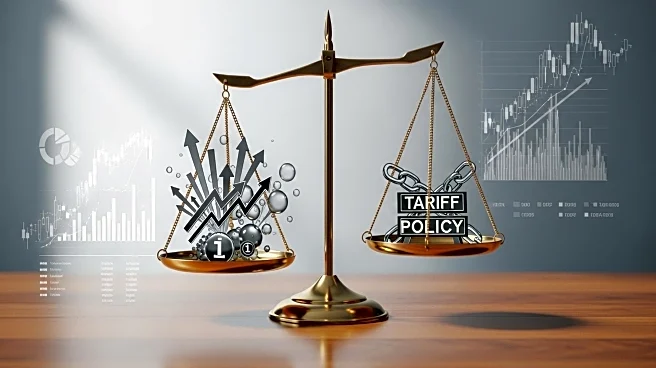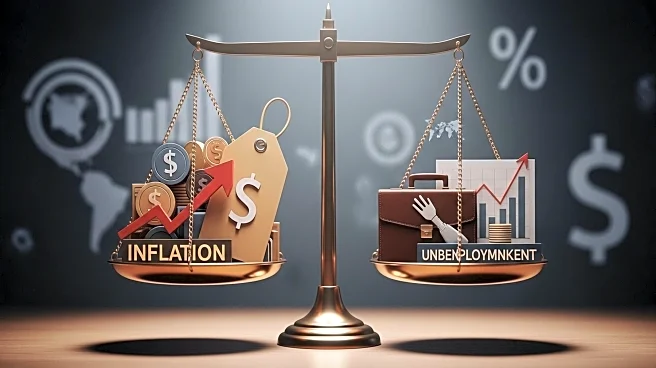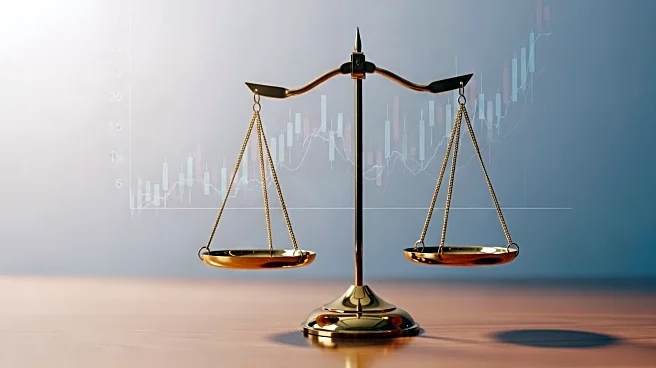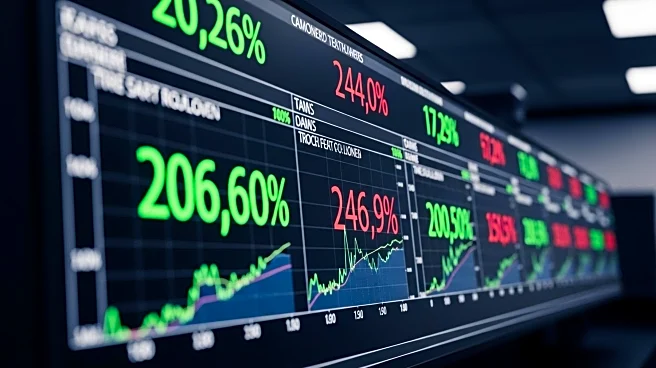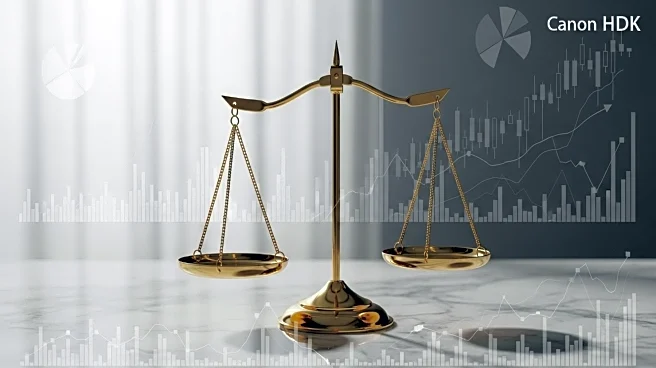What's Happening?
The U.S. labor market is showing signs of weakening as jobless claims have surged to their highest level in nearly four years. According to the Labor Department, the number of Americans filing for unemployment benefits for the week ending September 6 increased by 27,000 to 263,000. This figure surpasses the economists' forecast of 231,000 new applications and marks the largest week-to-week increase in almost a year. The rise in jobless claims is seen as a significant indicator of a softening labor market, which may prompt the Federal Reserve to cut its benchmark interest rate in the upcoming week. The increase in claims comes amid concerns about elevated consumer inflation, which complicates the Fed's dual mandate of controlling inflation while supporting a healthy labor market.
Why It's Important?
The increase in jobless claims is a critical indicator of the U.S. labor market's health and has significant implications for economic policy. A weakening labor market could lead to a reduction in consumer spending, which is a major driver of economic growth. The Federal Reserve's potential interest rate cut aims to stimulate economic activity and support job creation. However, the challenge lies in balancing this with the need to control inflation, which remains above the Fed's target of 2%. The labor market's deterioration could also impact businesses' hiring decisions, further slowing economic growth. The situation underscores the complexity of economic policymaking in the face of conflicting indicators.
What's Next?
The Federal Reserve is expected to make a decision on interest rates in the coming week, with many analysts predicting a rate cut to support the labor market. However, if inflation expectations remain high, the Fed may reconsider its approach in subsequent months. Additionally, the Bureau of Labor Statistics is set to release final revisions of job gains in February 2026, which could provide further insights into the labor market's trajectory. Businesses and policymakers will be closely monitoring these developments to adjust their strategies accordingly.



